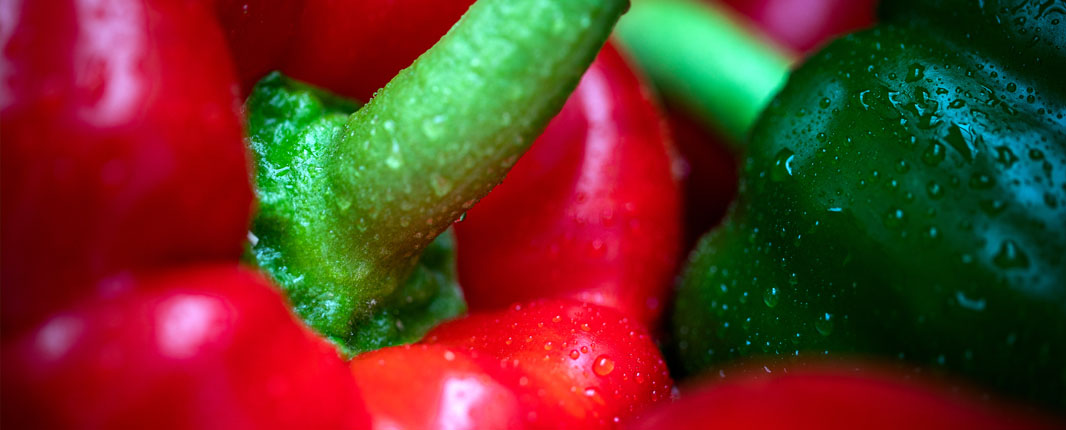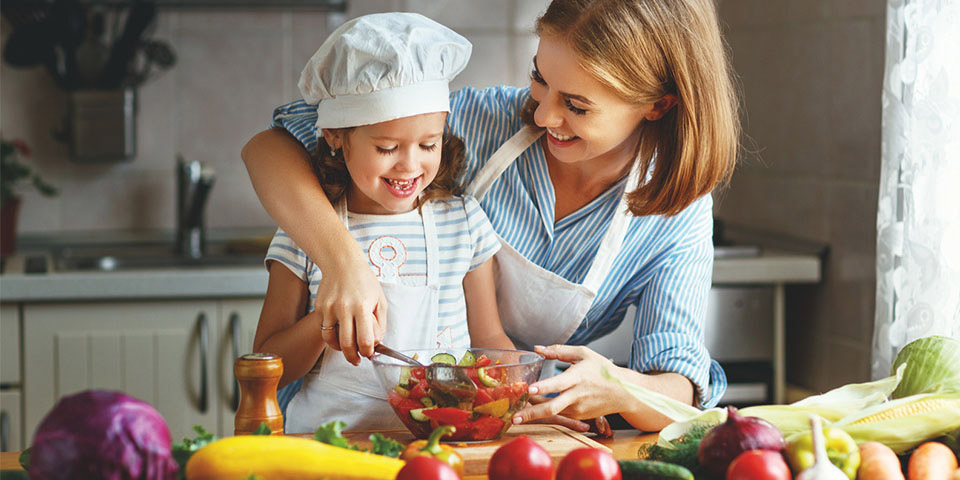
Information

The term has been doing the rounds for some time: SmartFood. What is that actually? In addition, how can the fruit and vegetable market capitalise on this and claim a leading role?
Our post-harvest Researcher Sandra Escribano and Anne-Marie Roerink, CEO of the American market research company 210 analytics (both experts in the field of fresh fruit and vegetables) explain that the concept of SmartFood is about much more than nutritional values and ingredients. The (mainly) young consumer is looking for the complete package. They are also interested in the production process of food and how much attention the producers pay to people and the environment.
“As a scientist studying factors such as the flavour and shelf life of products, for me “better-for-you” means all those new vegetable varieties that are:
“All these are smarter choices for a demanding and rapidly changing consumer.”
“Shoppers are pushing back on processed foods,” explains Roerink when discussing the “hype” that has spread from America to other countries. “They want fresh and items that are positives in their diets. What better foods than fruits and vegetables to deliver on that? Moreover, consumers feel good when they buy SmartFood for themselves and their families. They often consider this even more important than the benefits to their health. Eating something that’s just a little better than a choice they made yesterday — a small win in a hectic day.” Of course, we can help consumers to make that choice.

Fruits and vegetables have an advantage over meat, sweets and ice cream. People tend to consider meat expensive, taking a lot of time to prepare and not being “easy”.Fruit and vegetables are no more expensive than other choices. Nowadays, fruit and vegetables are available in a range of very easy packages in many different types and sizes. This results in an instant benefit. Just open the package and you are ready to eat or cook.
If consumers realise that they do not need to limit their consumption of vegetables to the evening meal, we expect that this category will continue to expand. For example, consumers realise that they can easily make a smoothie with fruits and vegetables.
“Visually appealing snacks with better flavour will result in more frequent produce snacking among adults and children. This is the exact definition of the new generation of vegetables: colourful and multi-shaped mini tomatoes, mini peppers and mini cucumbers. And this is just the beginning,” Escribano predicts.
The only thing that producers and supermarkets need to do is to communicate. “For example, talk about vitamins and antioxidants as a way to build the immune system during flu season,” says Roerink. Escribano would like to see a flavour profile developed per variety: “Provide information about the origin of the variety, best uses and optimal preparation. Enhanced nutritional properties should be clearly stated, together with the immediate health benefits.” According to these women, everyone knows that tomatoes or blueberries make a healthier snack than biscuits. Explain why exactly.
“Shopping for SmartFood could and should be an exciting adventure,” they think. Increasing the communication about fruit and vegetables being packed full of vitamins and anti-oxidants is the best way of ensuring that the field of SmartFood becomes the centre of attention.